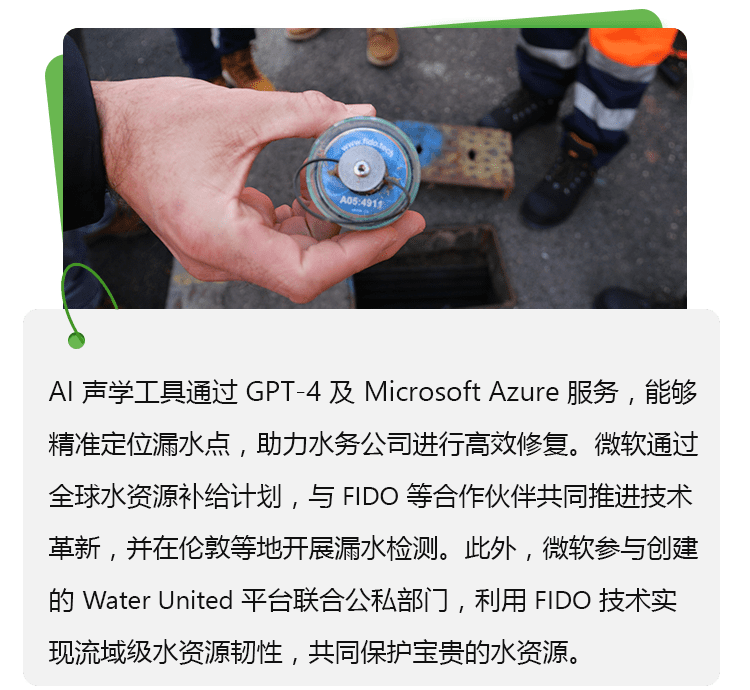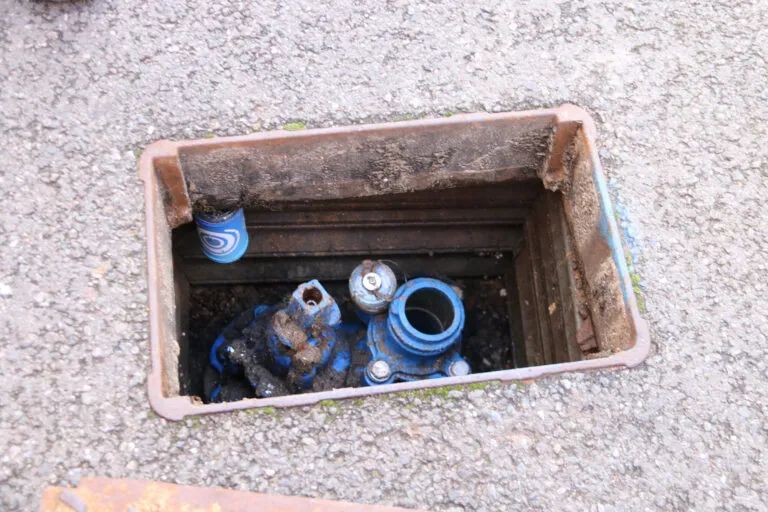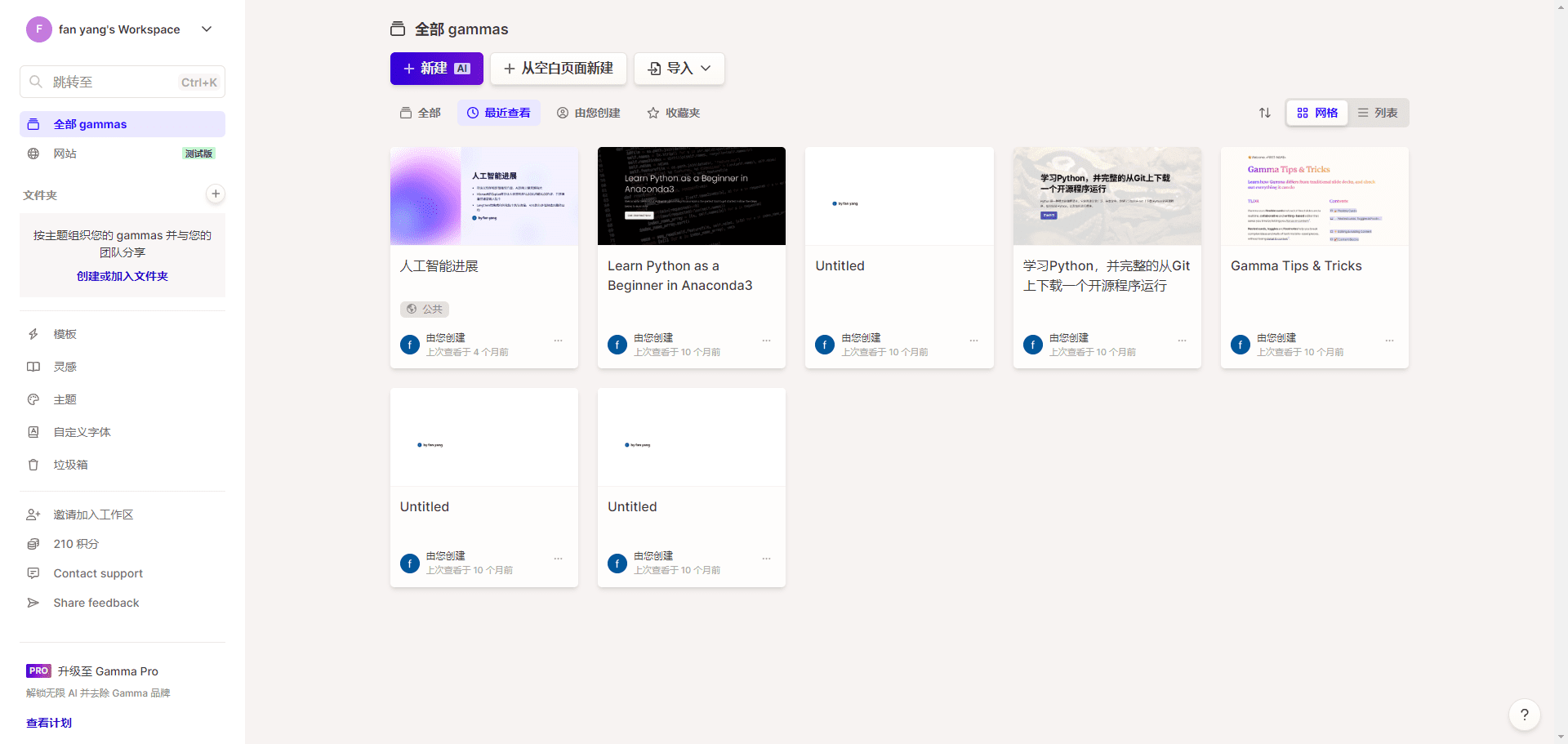Crisis in the "ticking" sound, AI smart to catch water leaks

In the "battle" to conserve water, leaky pipes are an undetectable "enemy".It results in a global average of 301 TP3T of piped drinking water loss.And in some regions, the percentage is even as high as 70%.These leaks are often difficult to pinpoint, but an innovative AI technology is changing that dilemma, making leak detection faster and more accurate.
A prominent white "X" marks a leaking hydrant in the San Tan Hose District in southeast Phoenix, USA. This leak is a moderate leak, leaking at a rate of between three and seven gallons per minute. Although seemingly insignificant, such a consistent leak can add up to a staggering amount of water, with enough leakage to meet the daily water needs of 43 homes per day.
Notably, the leak did not exhibit any of the typical signs of a water leak, neither puddles, nor unexpected greenery in the desert landscape, nor pavement collapse. The water, which was slowly seeping out of the bottom of the hydrant.
This condition will likely not be discovered until the next hydrant maintenance cycle, and that cycle can be as long as five years.
Jacob Rogers.Division Director of EPCOR, Arizona's largest private water utility
Fortunately, however, this leak wasAI acoustic tools developed by FIDO TechSpot and mark it ahead of time.This tool not only enables the precise location of leaks, but also prioritizes leaks according to their size, helping water companies to carry out repair work efficiently.FIDO, headquartered in Oxford, UK, is partnering with utility organizations such as EPCOR and the Water Resources Commission of the State of Querétaro, Mexico, to advance this technology innovation. The partnership is part of Microsoft's Global Water Replenishment Initiative, which seeks to improve water resources by optimizing water management in Microsoft's global network of operations, including the watersheds around its data centers.

▲ A FIDO sensor installed on a pipe fitting in an inspection well in London. Photo courtesy of Microsoft.
By the end of June 2024, Microsoft has constructed a global portfolio of over 75 diversified water recharge projects.
◉ In Fargo, North Dakota, Microsoft is working hand-in-hand with the Audubon Dakota program to work onRestoring Vast Grassland Habitat.;
◉ while working closely with a team in Cape Town, South Africa.Control the spread of invasive species and carefully restore catchment areasThe
◉ In addition, Microsoft is actively acquiring conservation easements in Comal County, Texas, to help EdwardsAquifer recharge and recoveryThe
◉ In New Mexico, Microsoft signed an agreement with the Jicarilla Apache Tribe to work together toProtection of endangered fish speciesand significantly improve the state's water security.
◉ And in the Indian state of Karnataka, Microsoft has been able to get the word out through thePond restoration project, effectively enhancing the availability of groundwater resources in local communities.
We also fund projects that improve water use efficiency and reduce overall water use, thereby increasing water availability in watersheds and local communities.
Eliza Roberts.Director of Water Resources, Microsoft
Microsoft's partnership with FIDO is an example of this. Since 2023, Microsoft has had a contract with Thames Water to carry out water leak detection in parts of London. Additionally, Microsoft helped FIDO enhance its water leak detection technology during the Microsoft Hackathon event in London.FIDO's AI tools rely on OpenAI's GPT-4 and Microsoft Azure OpenAI services to take acoustic leak detection to a whole new level.

▲ FIDO's AI technology analyzes data in seconds and immediately identifies the unique characteristics of a pipeline leak. Photo courtesy of Microsoft.
FIDO's AI technology collects acoustic files from small mobile sensors deployed on the network of water pipes, "and then we let the AI analyze it intelligently on a global scale. We don't need to know the material, depth or dimensions of the pipe, we simply let the AI technology recognize the sound of a leak from the complex acoustic data.Despite the noisy plumbing environment, AI can cut through the noise and pinpoint leaks." explains Victoria Edwards, CEO and co-founder of FIDO.
FIDO is also promoting its AI leak detection technology through the Water United platform, a new program created by Microsoft, along with other partners, to unite the public and private sectors in the Colorado River Basin to address water challenges.
Microsoft covers the cost of leak detection at FIDO, while the water utility covers the cost of leak repair. Roberts said the amount of water saved with Microsoft's support will count toward its water recharge goals based on the ratio of its investment to the total cost of detecting and fixing the leak.
01 Water leakage is much more than just water wastage
Stopping leaks in municipal water mains is not only a matter of water conservation, it also affects the availability of water to the customers and communities that water utilities serve. For communities, leaks are not only a direct loss of water, but also a significant maintenance cost, called "non-revenue water" because it never reaches the homes of paying customers. However, the cost of this loss is ultimately shared by all.
"We have acquired a number of struggling water utilities in Arizona with water losses ranging from 301 TP3T to 401 TP3T."Shawn Bradford, EPCOR's senior vice president for water regulation in Arizona and New Mexico, admits,"In order to make up for the leakage loss, we had to increase the pumping capacity of 40% to meet the demand for water supply from wells or water treatment plants to homes, which undoubtedly added a huge cost that was ultimately shared by all customers."

▲ San Tan Valley.
is a thriving community in the Arizona desert.
EPCOR has significantly cut the percentage of non-revenue water not included in billing due to leaks and losses from 271 TP3T to approximately 101 TP3T, an achievement that is due in large part to the introduction of FIDO's technology.FIDO's Edwards describes the customized sensors offered by FIDO as being able to fit seamlessly into all types of pipeline installations, whether it's an easy-to-reach location, a fire hydrant , inside a valve, or near a faucet, all of which allow for precise deployment.In the 160-square-mile San Tan service area, EPCOR's pipeline system has been outfitted with 4,554 of these cutting-edge sensors, which are capable of recording everything, even the lowest, faintest sounds.
Sound travels differently in different media, just like the instruments in a school orchestra: trombones have long pipes and a more subdued sound, compared to trumpets which have shorter pipes and higher frequencies. It is worth noting that the largest leaks tend to be the most silent and difficult for the human ear to detect, especially in plastic piping environments.
Victoria Edwards.Chief Executive Officer and Co-Founder, FIDO
Utilities have long relied on acoustic equipment to detect leaks, and FIDO technology is a quantum leap forward.It uses deep learning AI algorithms to accurately analyze the massive amounts of data collected by the sensors.The algorithm has the ability to recognize the source of the sound, whether it's from a leaking pipe or other disturbing sources such as machinery or train roar, and can accurately assess the size of the leak and pinpoint its location. In addition, it can accurately assess the size of a leak and pinpoint its location.Another highlight of FIDO's technology is that its AI system supports natural language interactions, which greatly enhances the ease of operation for utility company technicians.
While EPCOR has used acoustic leak detectors, most new pipeline infrastructures use plastic or polyvinyl chloride (PVC) materials that lack resonance properties, which has been a tricky conundrum for the industry because leaks in plastic pipes do not produce the resonance effect found in metal pipes. But FIDO can achieve this feature on plastic pipes.
In addition, Bradford said plastic piping is better suited to the soil chemistry of the southwestern United States and is the preferred material in the San Tan Valley area. San Tan Valley has grown rapidly over the past three decades and remains one of the fastest-growing communities in the United States. The utility company also uses metal piping, some of which is 60 to 70 years old but still in good condition. In addition to aging, pipes break for a variety of reasons, such as ground displacement due to freeze-thaw cycles. In the fast-growing San Tan Valley, construction areas often become high leakage areas.
Rogers noted that before adopting FIDO technology, utilities relied on the use of satellite imagery to monitor for signs of water leakage such as unusual vegetation growth. But vegetation growth takes time, and the detection cycle is long. In contrast, FIDO can quickly pinpoint leaks.
02 Fast and flexible solutions
FIDO's AI system will also intelligently analyze the utility's network map, suggesting optimal sensor deployment locations, avoiding monitoring blind spots, with rapid and instantly available feedback, Edwards said. Both short-term testing and long-term monitoring can be done with ease. The sensors are easy to move and can monitor different areas of the network as needed.
After repairing a leak, sensors can be deployed on either side of the leak to verify the effectiveness of the repair or to monitor whether excavation operations have triggered a new leak. These sensors can then be moved to other areas of the network to continue monitoring. At the same time, FIDO's AI system can assess the volume of water leaking, making it easier to prioritize the repair work according to the level of impact.
Leaking hydrants marked with an "X" are quickly repaired due to seal failure. However, not all leaks can be fixed so easily. Repairing buried pipes requires excavation, and precise positioning is critical to avoid unnecessary street, sidewalk or yard damage. This not only reduces traffic disruption, but also lowers the cost of repaving after the repair - the smaller the excavation area, the lower the cost.
Bradford shared examples of tricky spills he's encountered in various locations, such as in Edmonton, Canada, where Bradford's team tracked down a source that was leaking 13 million gallons of water per day, but took four days to finally find it. Edmonton is a large city with a large population and extreme weather conditions that add to the complexity of leak detection. The leak was located in a development area where water was seeping out of the ground and into the rainwater collection system, making it difficult to notice.
In comparison.EPCOR found more than 250 leaks in San Tan Valley, Arizona, in one year.
Repairing leaks is an ongoing effort, and FIDO's Edwards notes, "New leaks are popping up all the time. Environmental factors such as ground settlement, construction activities, and corrosion are all contributing factors. Even small leaks are like tooth decay; they don't heal themselves, but need to be repaired in a timely manner."
The ongoing, never-ending nature of pipeline maintenance is what led Microsoft to commit to a 10-year AI leak detection program with FIDO and the utilities it serves.
Roberts emphasized, "The water challenges are complex and daunting, but the methods for conserving water and maximizing its value are not complicated.Utilizing AI technology to identify and verify leak repairs is just one example. We are excited to expand our impact in protecting freshwater resources through partnerships like these."
© Copyright notes
Article copyright AI Sharing Circle All, please do not reproduce without permission.
Related articles

No comments...




